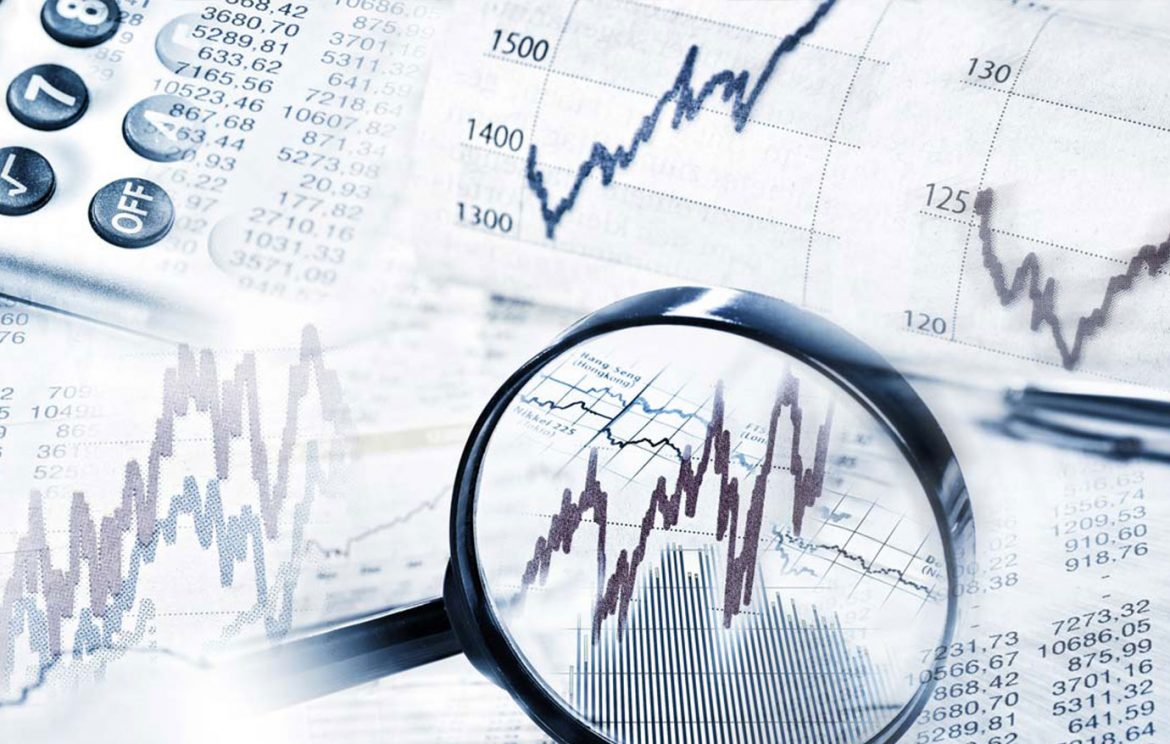In the aftermath of the pandemic, the United States experienced the highest rates of inflation of the last four decades. More recently, inflation rates have been trending lower. Nonetheless, a number of economists have been surprised to observe that consumers aren’t very happy despite signs that the inflation rate is on a trajectory towards the Federal Reserve’s target of two percent. Although a number of economists have been quick to dismiss consumer pessimism or explain that things are actually quite good, a recent paper by economists at Harvard and the IMF offers an explanation for pessimism: perhaps consumer measures of the cost of living differ from the price indices that economists use to measure inflation.
A price index is just a weighted average of prices. People often reference the price index as capturing “the cost of living.” This is indeed the purpose of constructing a price index. Economic theory demonstrates that a measure of the cost of living should track the cost of a basket of goods that provides the consumer with the same level of satisfaction across time. If done properly, this price index not only tracks the average behavior of prices over time, but also tracks the cost of living.
Of course, the construction of a price index is easier said than done. For example, inflation occurs when the supply of money grows faster than the demand for money. Prices could be changing because the money supply is growing too fast. However, supply and demand also fluctuate over time, which results in changes in (relative) prices and quantities. A price index needs to isolate the general trend in money prices from changes in relative prices. In addition, there is a question of what to include in the price index.
A long-standing criticism, first articulated by economists Armen Alchian and Ben Klein, is that the price indices that are used by economists and policymakers exclude interest rates and/or asset prices. Conventional price indices are only consistent with economic theory if we believe that consumers are making once-and-for-all consumption decisions. In reality, consumption today affects consumption in the future. Decisions about what to consume today are influenced by the rates of return on particular assets, the cost of borrowing, and asset prices. As such, these prices should be included in our price indices.
In large part, this is what a new paper by Marijn Bolhuis, Judd Cramer, Karl Schulz, and Larry Summers sets out to do. Although not motivated by Alchian and Klein, they arrive at a similar conclusion. In particular, they point out that consumers tend to think of interest costs as part of the cost of living regardless of what economic theory or a particular price index has to say. They also note that a previous version of the Consumer Price Index (CPI) used to include both housing prices and mortgage costs.
In the paper, the authors construct an alternative version of the CPI that includes “mortgage interest payments, personal interest payments for car loans and other non-housing consumption, and lease prices for vehicles.” What they find is that their alternative measure suggests that the inflation rate peaked at around 18 percent in November 2022 and remained considerably higher at the end of 2023 than the official calculations of CPI would suggest.
These estimates give credence to the negative views that the general public seems to have about the current state of the economy. The authors show that their alternative measure of inflation is capable of explaining why consumer sentiment remains low. Furthermore, they show that this isn’t unique to the United States. They provide evidence from 10 countries that changes in interest rates can explain fluctuations in consumer sentiment that other economic indicators cannot explain. Regardless of whether one thinks that the CPI should include interest rates and/or asset prices, it seems clear that consumers factor in these costs when evaluating the cost of living and describing their views on the state of the economy.
There are a couple of lessons to be drawn from this. First, as Alchian and Klein argued, economic theory implies that a price index that includes interest rates and/or asset prices is superior to one that does not. The new paper from Bolhuis et al. demonstrates that this theoretical concern has important empirical consequences for the measurement of inflation. Second, consumer sentiment is lower than expected given the official rate of inflation and the unemployment rate. The fact that this alternative measure of inflation can explain a significant fraction of the gap between actual consumer sentiment and what one would predict from the official statistics should give economists pause about the official measure of inflation. Rather than assume that they have superior knowledge and information about the state of the economy than the average consumer, perhaps economists should have some humility. Maybe consumers have a better sense of the cost of living than the official statistics. Perhaps things are not as great as the official data would have one believe.
